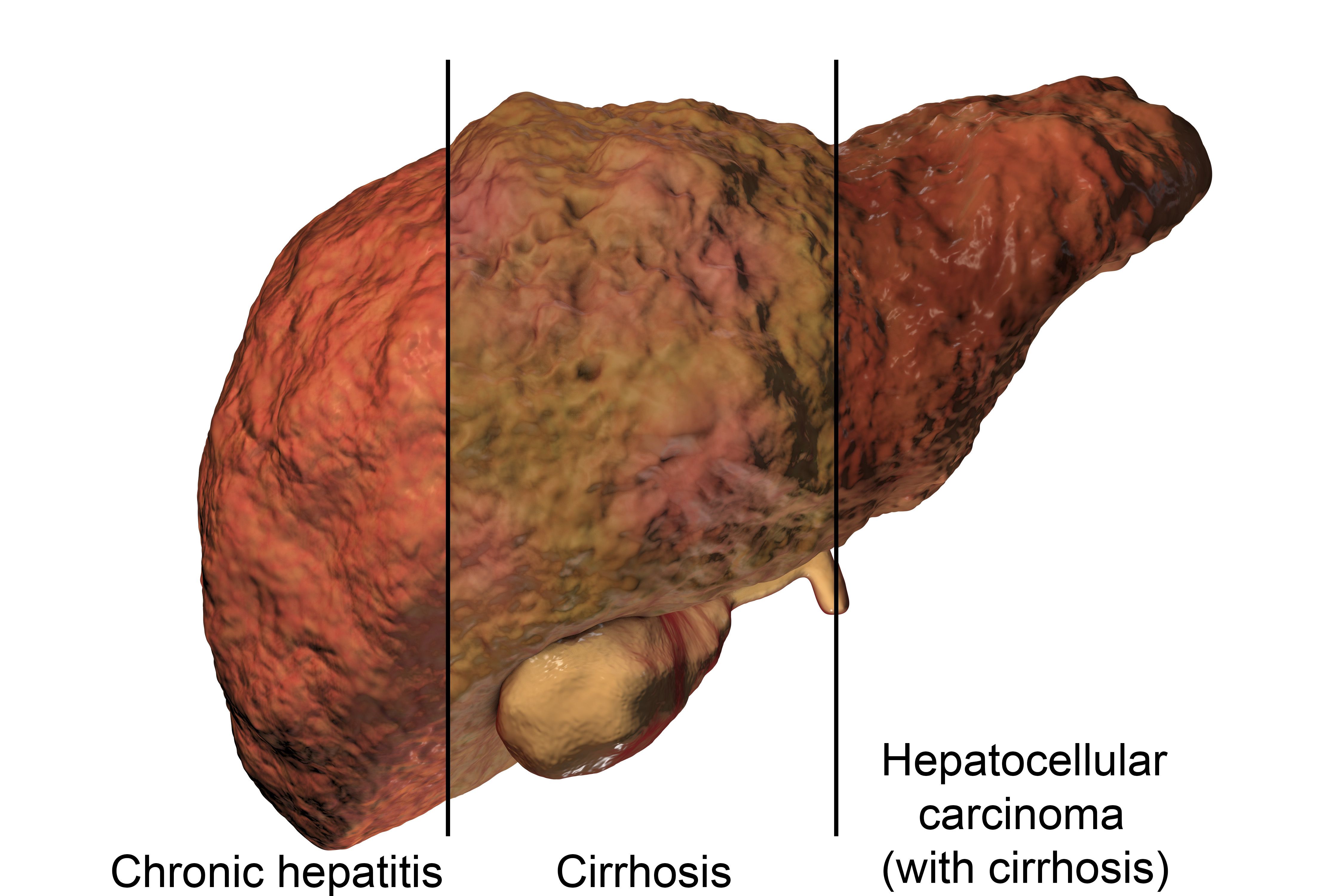Patients with HCC Shoulder Economic Burdens, Have Insufficient Therapeutic Options, Studies Find
Cases of the most common type of liver cancer are expected to be increasingly associated with nonalcoholic steatohepatitits (NASH).

Abdalla Aly, HEOR, AstraZeneca

Hepatocellular carcinoma (HCC), the most common type of liver cancer, continues to place a heavy burden on the lives of patients, suggesting that the need for better therapies remains high, according to a pair of new studies.
A team of investigators led by Abdalla Aly, Ph.D., associate director of U.S. health economics and outcomes research at AstraZeneca, sought to better understand the broader toll of HCC on patients living with the disease. They took two approaches. First, the team looked at rates of work absenteeism among patients living with HCC in the U.S. Second, they conducted a review of existing scientific literature to see what it revealed about the epidemiological, economic and humanistic burden of the disease. Both studies were selected for presentation at the Academy of Managed Care Pharmacy’s 2020 annual meeting. The in-person version of the meeting was canceled because of COVID-19 but online presentations and postings replaced it.
“(W)e wanted to systematically review studies investigating the humanistic burden to better understand the evidence gaps in HCC to inform future research that can ultimately improve the patient experience with HCC,” Aly told Managed Healthcare Executive.®
The first study used the MarketScan database to identify 554 patients who were newly diagnosed with HCC, employed full-time, and eligible for paid leave or disability benefits. In addition, researchers identified 413 adult caregivers who were related to the patients with HCC. The median follow-up was 12.7 months.
Among patients, 78.5% had missed work, 47.7% had been on short-term disability, and 11.8% had been on long-term disability. Caregivers had a higher rate of absenteeism (87.5%), but lower rates of disability (17% took short-term disability; 2.1% took long-term disability). Translated to lost productivity, Aly and colleagues found absenteeism among patients resulted in lost time worth $1,424 per patient per month, with short-term and long-term disability accounting for $700 and $192 per patient per month, respectively. Caregivers, meanwhile, saw $641, $61, and $8 in lost productivity per patient per month due to absenteeism, short-term disability, and long-term disability, respectively.
In their broader review article, the investigators screened nearly 10,000 existing studies before identifying 99 citations to include in their analysis. They found the average patient was about 64 years old when diagnosed with HCC. Most (74%) were male. Overall incidence was 9.5 per 100,000 patient years, though the rates were significantly higher among patients on Medicare (22.3 per 100,000 patient years) and patients in the Veterans Affairs system (45 per 100,000 patient years).
Their research showed the lethality of HCC: The majority (59%) of patients did not undergo treatment, and their median overall survival ranged from three to six months. The 8% who underwent resection of the liver had the longest survival, 20-47 months.
Total treatment costs for payers and patients combined ranged from $11,913 to $16,947 per month. The study also found patients missed an average of 22 days of work in the six months following diagnosis.
Notably, patients who had cirrhosis, hepatitis B or C, or who suffered from alcoholism were approximately 100 times more likely to be diagnosed with HCC. Aly said these conditions, along with nonalcoholic steatohepatitis (NASH), are known risk factors for the disease. He said increased screening and treatment for those conditions would presumably decrease the number of HCC cases, and thus the associated costs. However, he said the picture is complex.
“While vaccination, treatment, and surveillance strategies are projected to reduce the number of HCC cases in the US associated with HBV and HCV infection by 2030, the increasing prevalence of obesity and type 2 diabetes, known cofactors of HCC, are anticipated to increase the number of cases associated with NASH,” he said. “These changing dynamics in the etiology of HCC are also important to consider when assessing the impact on the number of cases of HCC and the subsequent economic burden.”
Aly said both studies underscore the need to improve available therapies for HCC, adding that patients with intermediate and advanced HCC sometimes forgo treatment altogether given the high cost and limited survival benefit.
He noted that until recently, Nexavar (sorafenib) was the only FDA-approved treatment for HCC.
“Since 2017, multiple regimens, including tyrosine kinase inhibitors and immune checkpoint inhibitors, have been approved by the Food and Drug Administration for the treatment of HCC in the unresectable setting,” he said. “The treatment landscape is changing very rapidly to include combination therapies as well.”
The studies are titled, “Productivity Loss Costs Among Hepatocellular Carcinoma Patients and Caregivers in Commercially Insured Population in the United States,” and “Epidemiology, Economic Burden, and Humanistic Burden Among Patients with Hepatocellular Carcinoma in the United State: A Systematic Literature Review.” You can find the abstracts here.